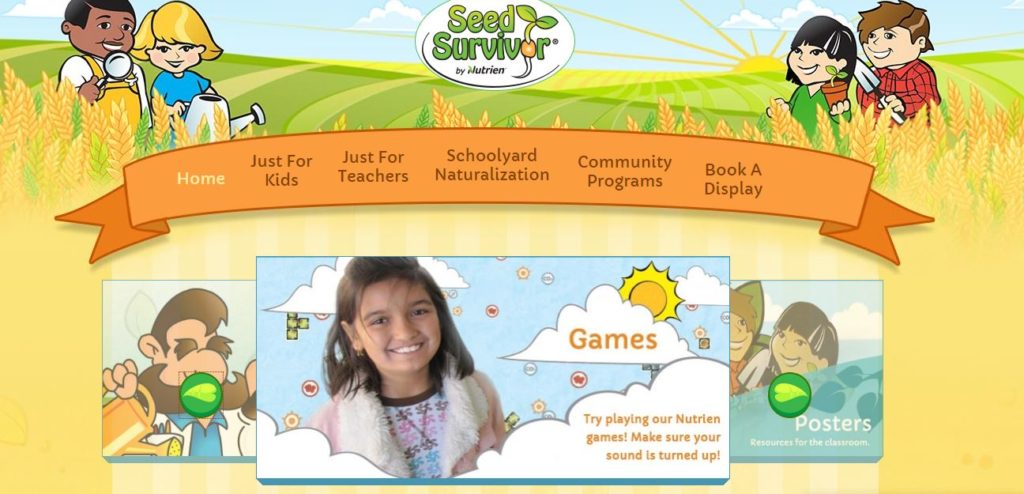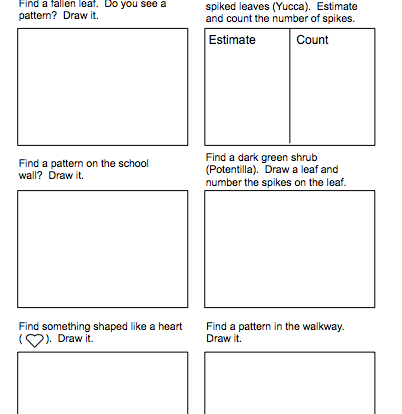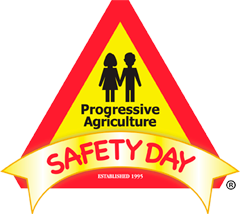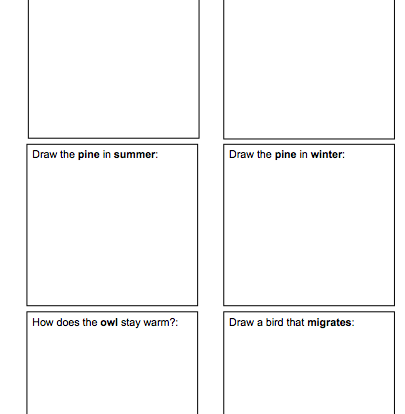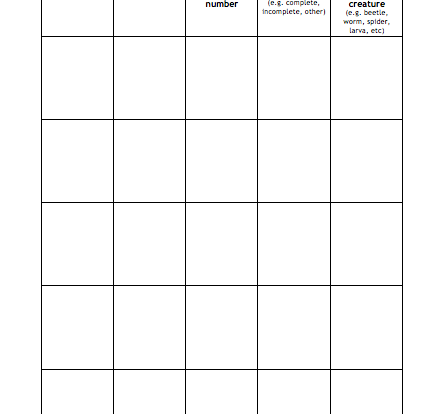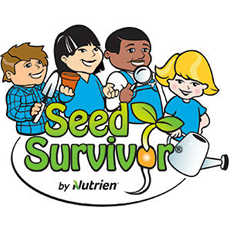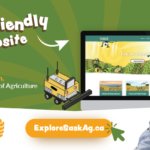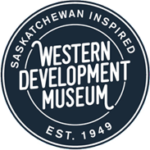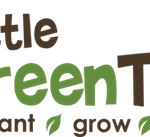-
Discuss patterns and basic counting. Explore the schoolyard to answer questions that require students to draw the patterns they see or count something (ie: number of leaves on a plant). Wrap up: Discuss student answers. Discuss patterns found. Why do patterns occur in manmade structures and in nature?
-
Check out Progressive Agriculture’s Daily Learning Drops that offer various safety and health-related activities and demonstrations using a fun, unique and hands-on approach. As the children are home, now is the perfect time to think about adopting safer practices and healthier lifestyles.
Curriculum and activities are designed for students ages 4 to 13.

-
Review Alberta’s provincial bird (great horned owl), tree (lodgepole pine), and flower (wild rose). Visit the wild rose shrub and the lodgepole pine and discuss their characteristics. Discuss the great horned owl and adaptations for winter. At each stop, students fill out the worksheet with their drawings. Record the temperature. Wrap-up: share cool facts discovered about Alberta.
-
Discuss invertebrates and lifecycles. Explain incomplete (egg, nymph, adult) and complete (egg, larva, pupa, adult) metamorphosis. Students search for, draw, describe and name invertebrates. Hypothesize lifecycle type. Wrap-up: share findings, review lifecycle types, etc.
-
Teaching children about agriculture just got easier! Check out Seed Survivor for agriculture lesson plans, videos, games, recipes, posters and much more. This curriculum-based resource will help elementary students learn that plants need water, light, healthy soil, and nutrients to survive.
Grades 3-4 teachers are invited to sign up for a classroom kit for their students as part of our NEW Seed Survivor virtual presentation experience.
Grades 1-6
